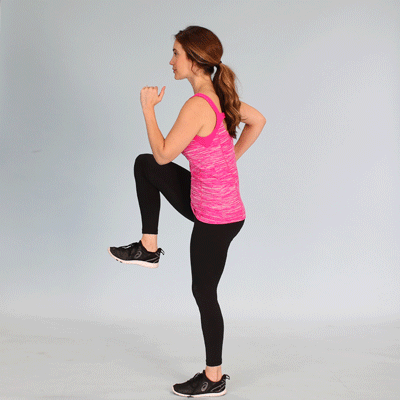Buzz Haven: Your Daily Dose of News
Stay informed and entertained with the latest buzz in news, trends, and insights.
Cardio:Your Heart's Secret Superhero
Unleash your heart's potential! Discover how cardio transforms your health and fuels your superhero journey to vitality and energy.
5 Surprising Benefits of Cardiovascular Exercise for Your Heart Health
Cardiovascular exercise, often simply referred to as cardio, is a powerful ally when it comes to enhancing your heart health. Many people are aware that cardio aids in weight management and boosts overall fitness, but there are numerous surprising benefits that go beyond just burning calories. For instance, engaging in regular cardiovascular activities like running, swimming, or cycling can significantly improve your heart efficiency. This means that your heart becomes more adept at pumping blood, which can lower your resting heart rate and improve blood flow, ultimately reducing the risk of heart disease.
Moreover, cardio is known to promote better cholesterol levels by increasing the levels of high-density lipoprotein (HDL), commonly referred to as 'good' cholesterol. A regular cardio routine can also help in managing blood pressure levels and reducing the risk of developing heart-related conditions such as atherosclerosis. Another surprising advantage is the positive impact on mental health; studies have shown that cardiovascular exercise releases endorphins, which can alleviate stress and anxiety—factors that contribute to heart problems. In essence, committing to regular cardio not only strengthens your heart but also promotes a holistic approach to well-being.

How to Choose the Right Cardio Workout for Your Fitness Level
Choosing the right cardio workout for your fitness level is crucial to achieving your health and fitness goals. Cardio workouts come in various forms, from high-intensity interval training (HIIT) to steady-state jogging. To determine which option is best for you, start by assessing your current fitness level. Consider your experience with exercise, any existing medical conditions, and your overall stamina. To simplify this process, you can categorize your fitness level into three groups: beginner, intermediate, and advanced. This will help guide your choices and ensure you pick a cardio routine that suits your capabilities.
Once you have identified your fitness level, it's time to explore the options available. For beginners, low-impact exercises like walking, cycling, or swimming are excellent starting points. These activities help build endurance while minimizing the risk of injury. Intermediate fitness enthusiasts may consider incorporating tools like jump ropes or elliptical machines for a more challenging workout, while advanced individuals might opt for sprinting, circuit training, or mountain climbing to really push their limits. Remember to listen to your body and prioritize consistency over intensity to make sustainable progress.
Is Low-Intensity Cardio Better for Your Heart Than High-Intensity?
When considering whether low-intensity cardio is better for your heart than high-intensity cardio, it's essential to look at how each type of exercise impacts cardiovascular health. Low-intensity cardio, such as walking or leisurely cycling, generally allows for prolonged activity while keeping the heart rate within a comfortable range. This type of exercise promotes fat burning and increases blood circulation without placing excessive stress on the heart. Studies suggest that the consistency and sustainability of low-intensity workouts can lead to long-term heart health benefits, making them an appealing choice for many individuals.
On the other hand, high-intensity cardio, like sprinting or interval training, can yield quick gains in cardiovascular fitness by significantly elevating the heart rate and improving the efficiency of the heart. Although high-intensity workouts are effective for calorie burning and can boost metabolism, they may not be suitable for everyone, especially those with pre-existing heart conditions. Thus, it's important for individuals to assess their personal fitness levels and health conditions when choosing between these cardio types. Ultimately, a balanced approach that includes both low and high-intensity cardio may provide the most comprehensive benefits for heart health.